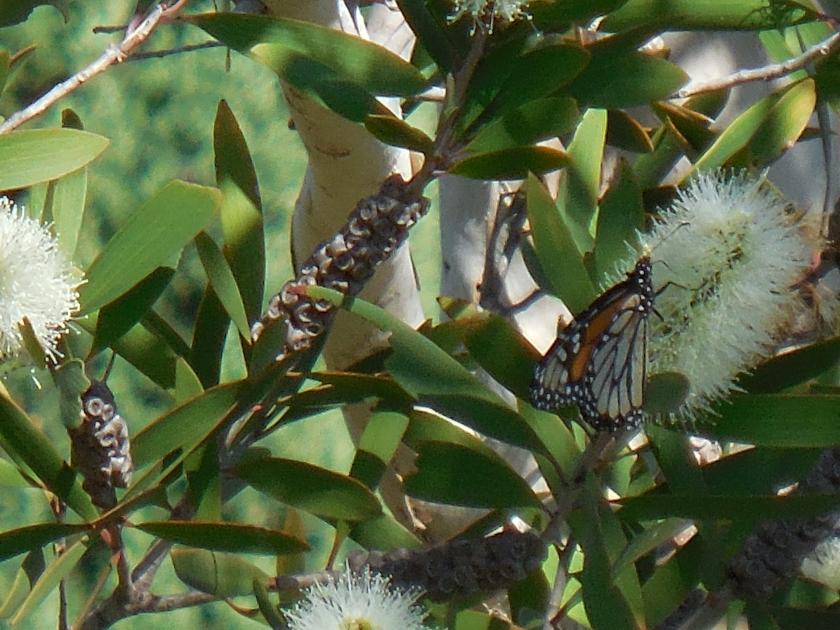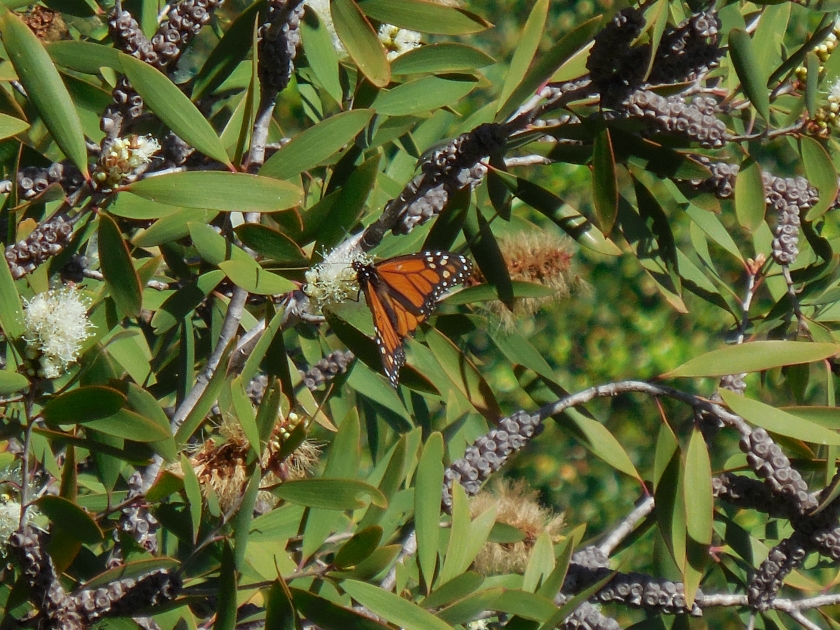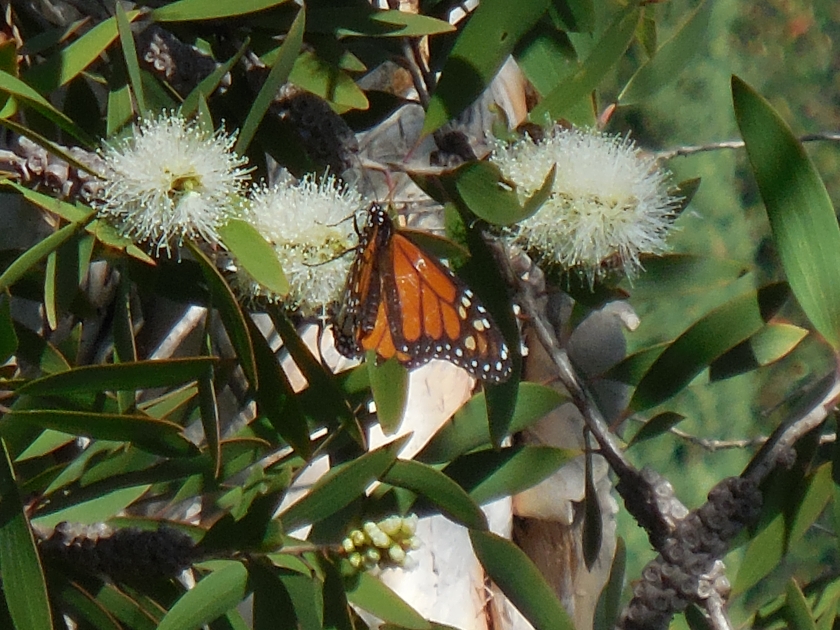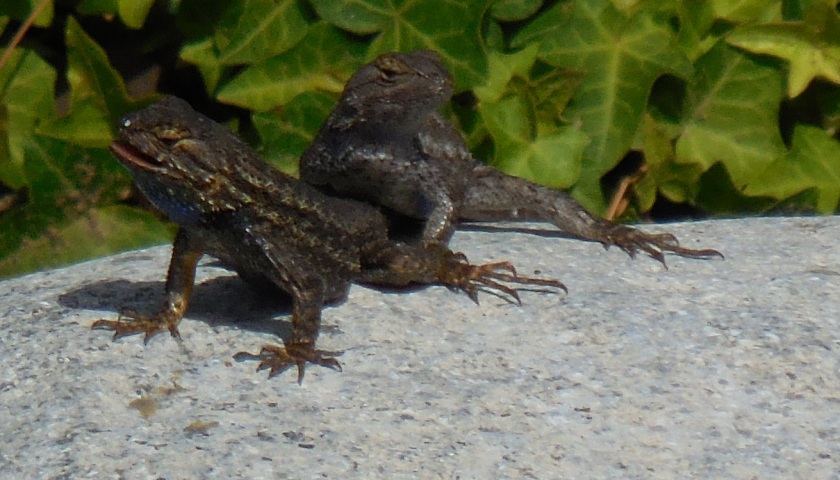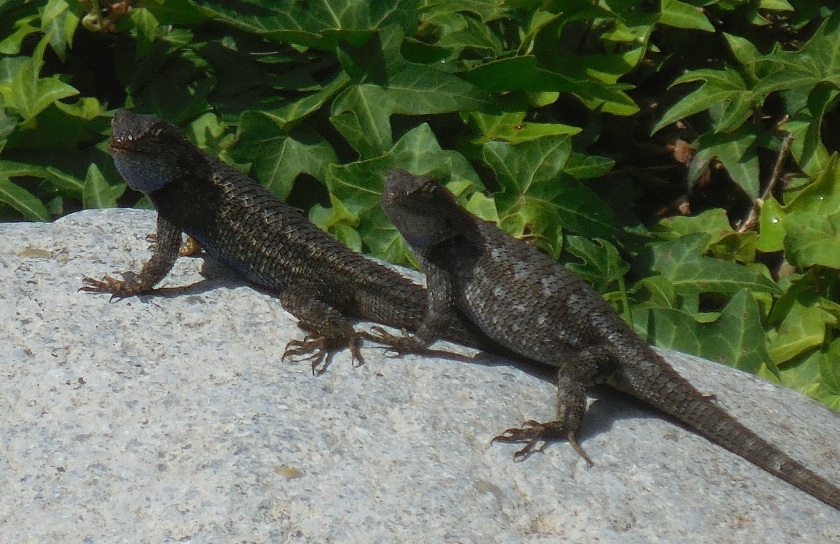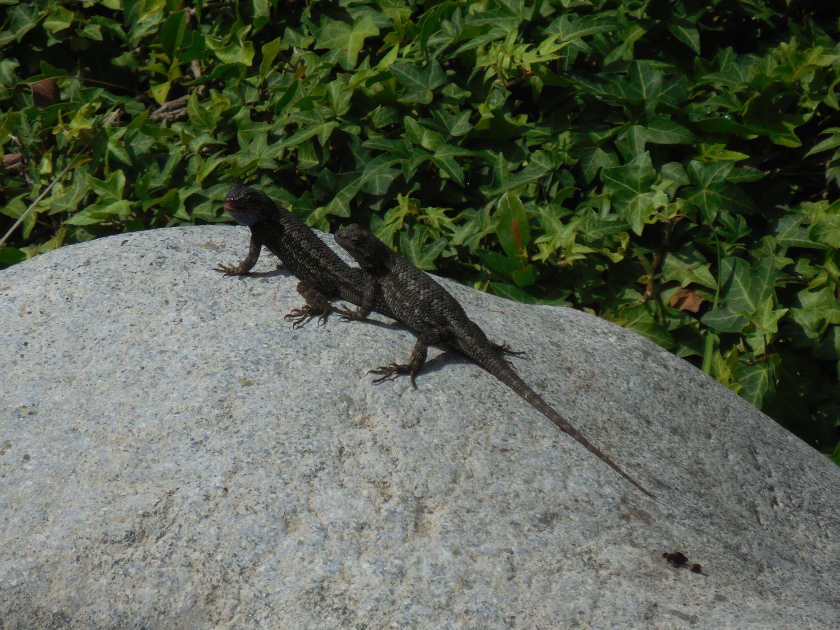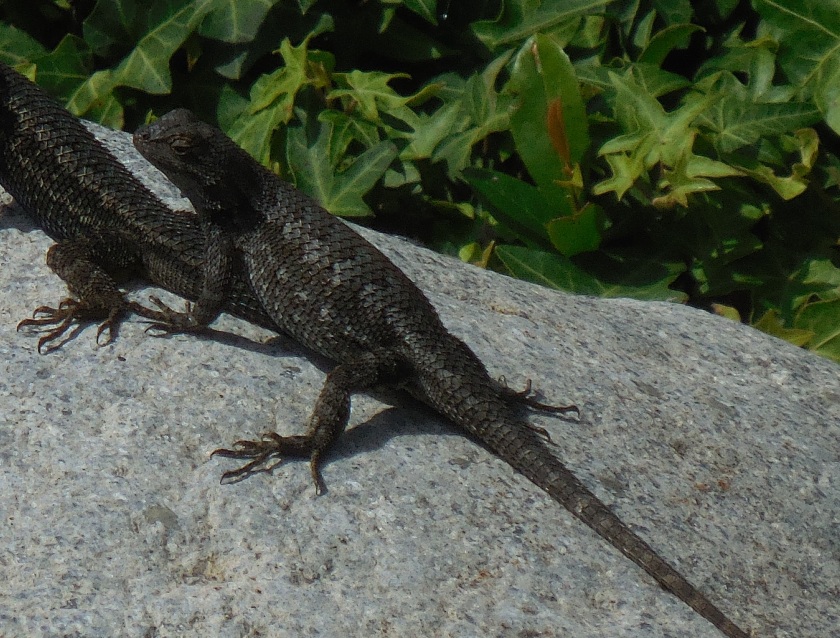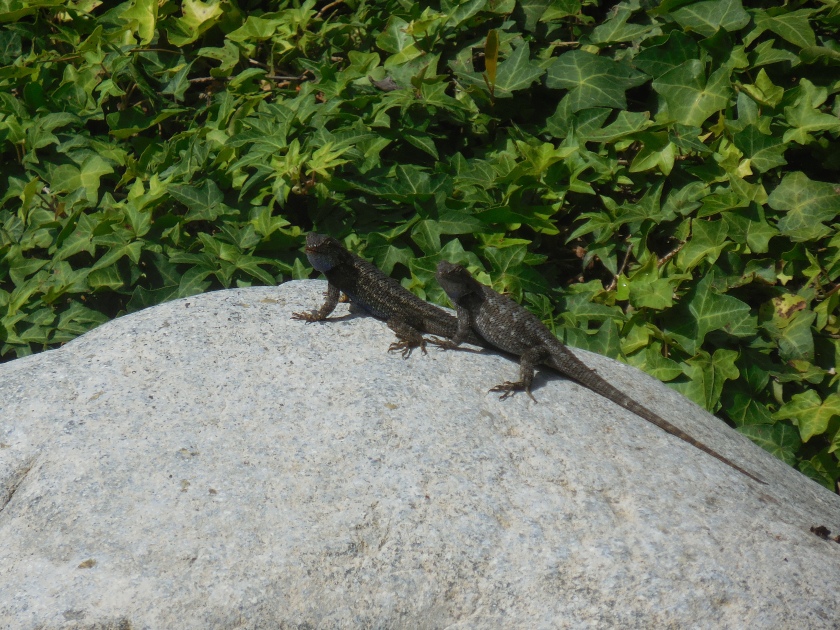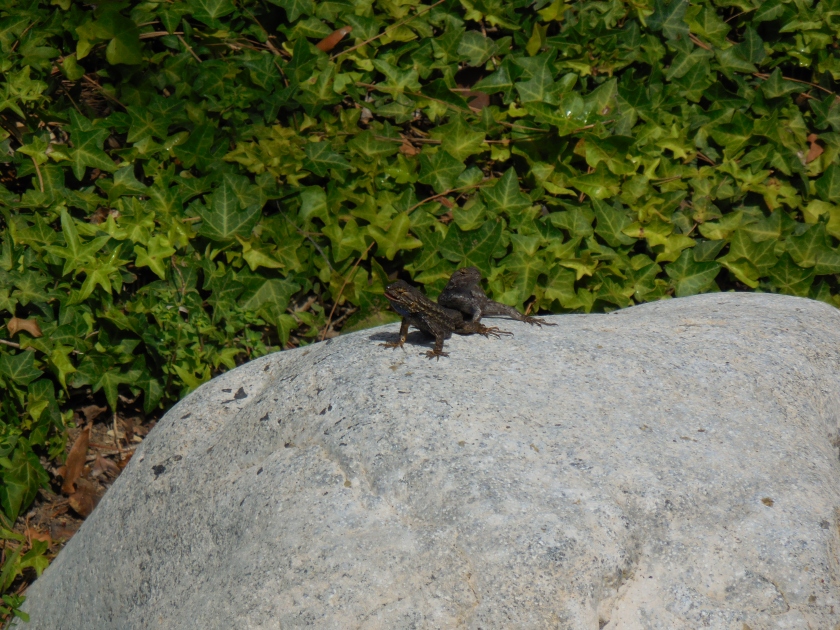Photos above were taken in Newport Beach, Ca – July 30th evening/ July 31st morning.
Using Meade refractor telescope. Set–up: focal length of main objective lens (700mm) and the focal length of the eye piece (25mm); so 700/25 = 28x
Photos below were taken in Newport Beach, Ca – July 31st evening/Aug 1st morning.
In putting together the Opposition Phenomena and how to Mars’ position relates to it’s visibility in the night sky:
A. First, consider how both planets orbit or revolve around the sun and their position; Mars being the 4th planet from the Sun and Earth being the 3rd planet from the Sun. Consider the diagrams below:
Diagrams courtesy of: http://www.nasa.gov

B. Secondly, let’s look into the term “opposition” and what this might mean for planets in the solar system. A superior planet (one with an orbit farther from the Sun than Earth’s – so anything outside of the Earth’s orbit) is in opposition when Earth passes between it and the Sun. The opposition of a planet is a good time to view it, because the planet is then close to the Earth and in its full phase.
So think about this.. can Mercury or Venus ever be in opposition to Earth? Well, you know that a planet has to be outside of Earth’s orbit and the Earth must be between those planets; so, no Mercury and Venus can never be in Opposition to Earth.

Diagram courtesy: http://www.naasbeginners.co.uk
C. Thirdly, now that we are aware of planets’ positions as”superior” and “inferior” to our planet; let’s take a look at the term “conjunction” and how it relates to the inferior planets. Above is a simple, but useful diagram: Inferior planets—those with orbits smaller than the Earth’s (Venus and Mercury)—have two kinds of conjunctions with the Sun. An inferior conjunction occurs when the planet passes approximately between Earth and Sun; if it passes exactly between them, moving across the Sun’s face as seen from Earth, it is said to be in transit. You may have heard of “the transit of Mercury” a few years back. Sadly, the marine layer was heavy during the day and it was not visible for much of Orange County.
Above, you will also notice a superior conjunction. A superior conjunction occurs when Earth and the other planet are on opposite sides of the Sun, but all three bodies are again nearly in a straight line. It might sound confusing, but an “inferior” planet can have both an “inferior” and “superior” conjunction.
Superior planets, those having orbits larger than the Earth’s, can have only superior conjunctions with the Sun – so Mars, Jupiter, Saturn, Neptune, and Uranus. In the diagram below, this could be any superior planet. Notice where both opposition and conjunction occur:

Diagram courtesy of: http://www.hko.gov.hk
D. Fourth, now let’s relate what we know so far: we have a superior planet, Mars, in opposition. Take a look below at the diagram that shows Mars in both superior conjunction and opposition. Think about the terms we have gone over….which is which?

Diagram courtesy of: http://www.astronomy.swin.edu.au
Hopefully, you noticed on a superior planet on the right on the outside of earth where the planet, Earth, and the Sun form a straight line – this is opposition. The opposition of Mars happens about every two years. That makes sense because Earth takes a year to orbit the sun, and Mars takes about two years. About every two years, we gain a lap on Mars, passing between it and the sun. Note, opposition does not exactly match up with the closest approach due to the shape of the planets’ orbits.
If Earth and Mars orbited the sun in perfect circles and on the same exact plane, Earth would come closest to Mars right at opposition. Planets do not orbit in perfect circles. The orbits of both Earth and Mars are not circles, but they are ellipses; like circles someone sat down on. The diagram below does an excellent job showing the variations in the orbits of Earth and Mars:
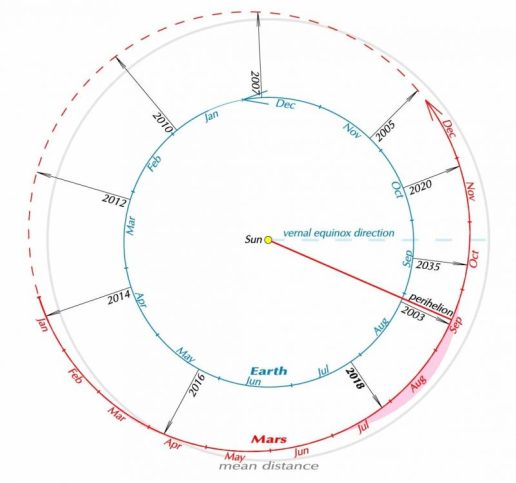
Diagram credit: Earth Sky: http://earthsky.org/sky-archive/close-and-far-martian-oppositions
Oppositions of Mars, 2018 – 2037
|
Diagram Credit: https://cseligman.com/text/planets/marsoppositions.htm
So, when is the next transit of Mercury or Venus? The next Mercury transit is November 11–12, 2019. The next Venus transit is December 11, 2117. Yes, 2117 …

![DSCN0744[1] DSCN0744[1]](https://digitaltidepoolblog.files.wordpress.com/2018/08/dscn07441.jpg?w=276&resize=276%2C276&h=276#038;h=276&crop=1)
![DSCN0754[1] DSCN0754[1]](https://digitaltidepoolblog.files.wordpress.com/2018/08/dscn07541.jpg?w=276&resize=276%2C276&h=276#038;h=276&crop=1)
![DSCN0755[1] DSCN0755[1]](https://digitaltidepoolblog.files.wordpress.com/2018/08/dscn07551.jpg?w=276&resize=276%2C276&h=276#038;h=276&crop=1)
![DSCN0770[2] DSCN0770[2]](https://digitaltidepoolblog.files.wordpress.com/2018/08/dscn07702.jpg?w=556&resize=556%2C417&h=417#038;h=417)
![DSCN0759[1] DSCN0759[1]](https://digitaltidepoolblog.files.wordpress.com/2018/08/dscn07591.jpg?w=276&resize=276%2C207&h=207#038;h=207)
![DSCN0766[2] DSCN0766[2]](https://digitaltidepoolblog.files.wordpress.com/2018/08/dscn07662.jpg?w=276&resize=276%2C206&h=206#038;h=206)
![DSCN0785[1] DSCN0785[1]](https://digitaltidepoolblog.files.wordpress.com/2018/08/dscn07851.jpg?w=276&resize=276%2C207&h=207#038;h=207)
![DSCN0785[1] DSCN0785[1]](https://digitaltidepoolblog.files.wordpress.com/2018/08/dscn078511.jpg?w=276&resize=276%2C206&h=206#038;h=206)
![DSCN0787[1] DSCN0787[1]](https://digitaltidepoolblog.files.wordpress.com/2018/08/dscn07871.jpg?w=556&resize=556%2C417&h=417#038;h=417)
![DSCN0787[1] DSCN0787[1]](https://digitaltidepoolblog.files.wordpress.com/2018/08/dscn078711.jpg?w=276&resize=276%2C207&h=207#038;h=207)
![DSCN0797[1] DSCN0797[1]](https://digitaltidepoolblog.files.wordpress.com/2018/08/dscn07971.jpg?w=276&resize=276%2C207&h=207#038;h=207)
![DSCN0809[2] DSCN0809[2]](https://digitaltidepoolblog.files.wordpress.com/2018/08/dscn08092.jpg?w=276&resize=276%2C207&h=207#038;h=207)


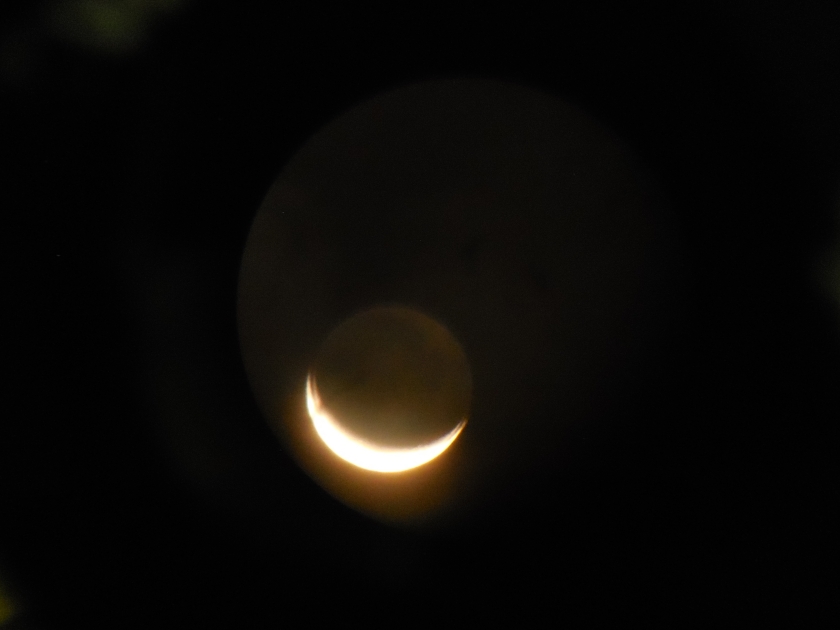
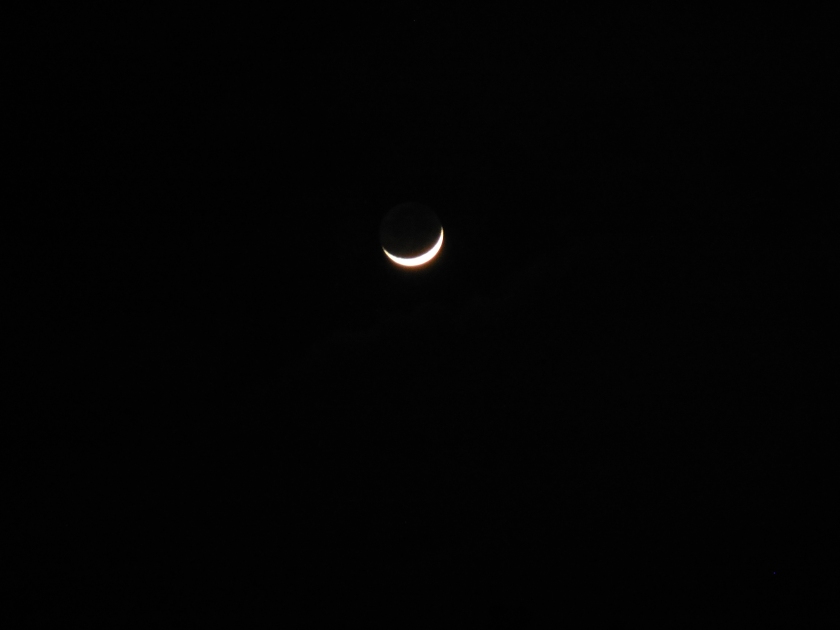
![DSCN2225[1]](https://digitaltidepoolblog.files.wordpress.com/2018/02/dscn22251.jpg?w=404&h=303)

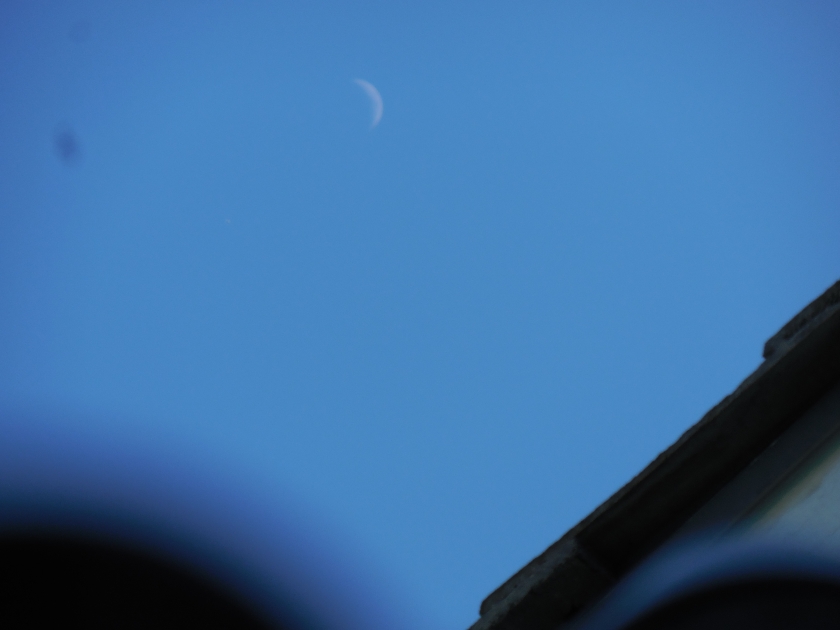
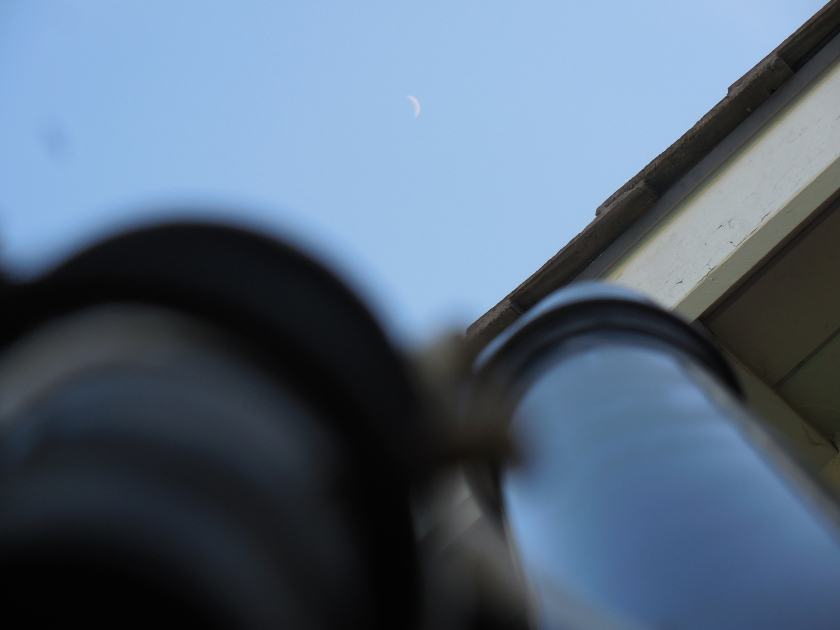








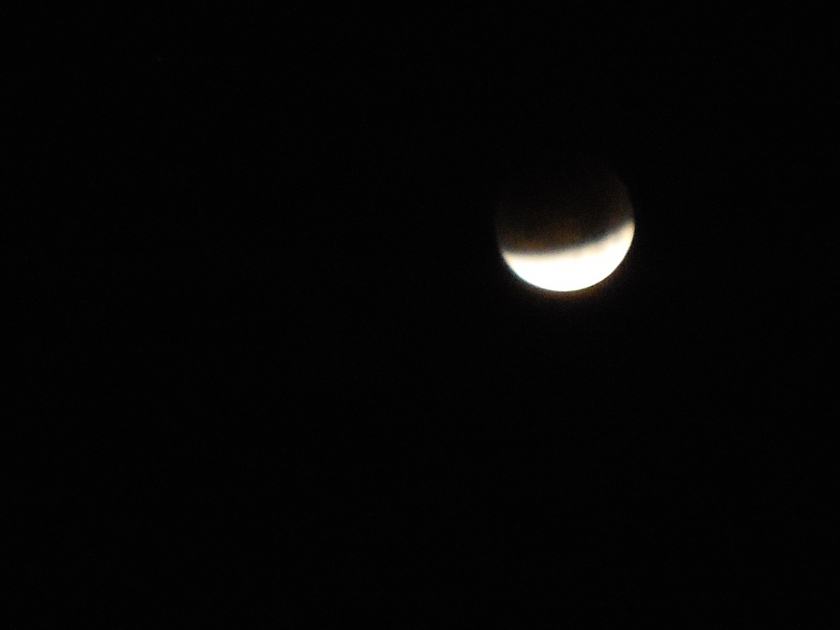
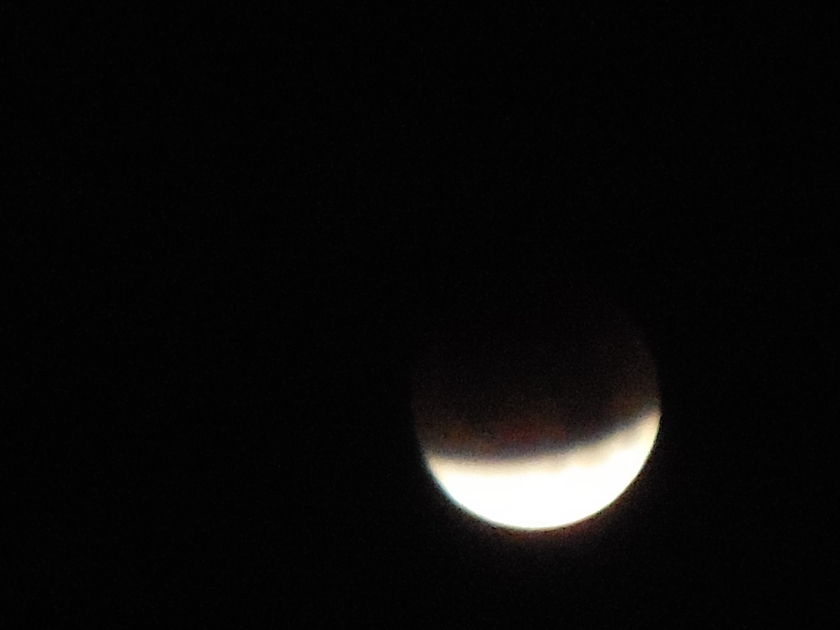



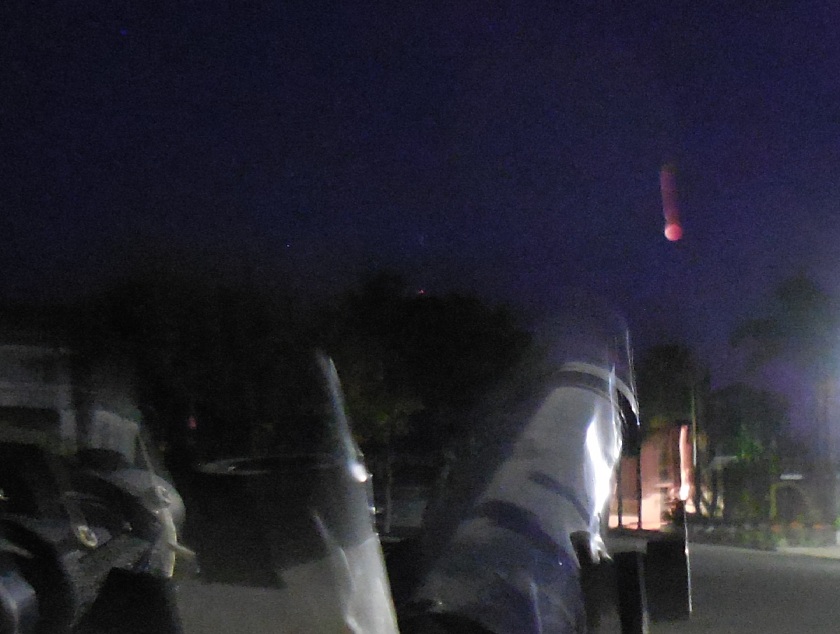

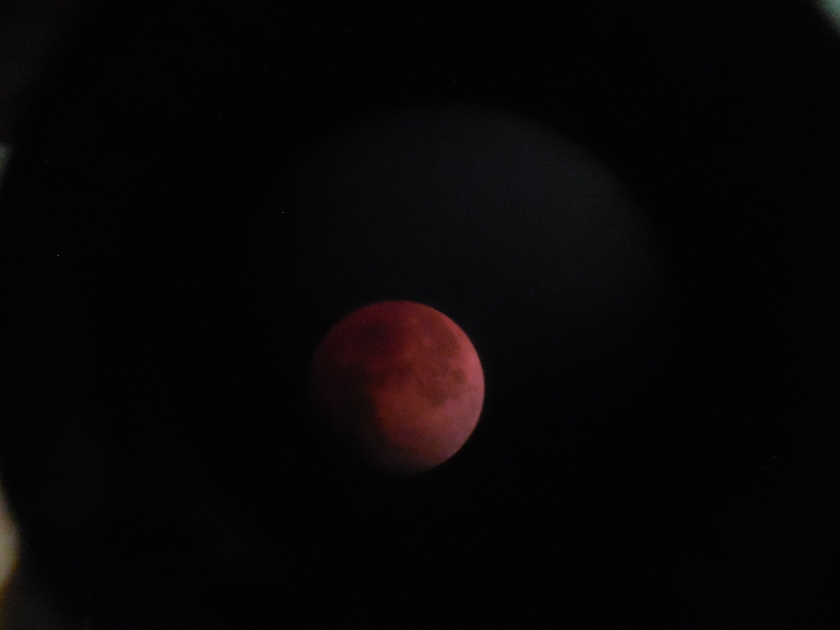
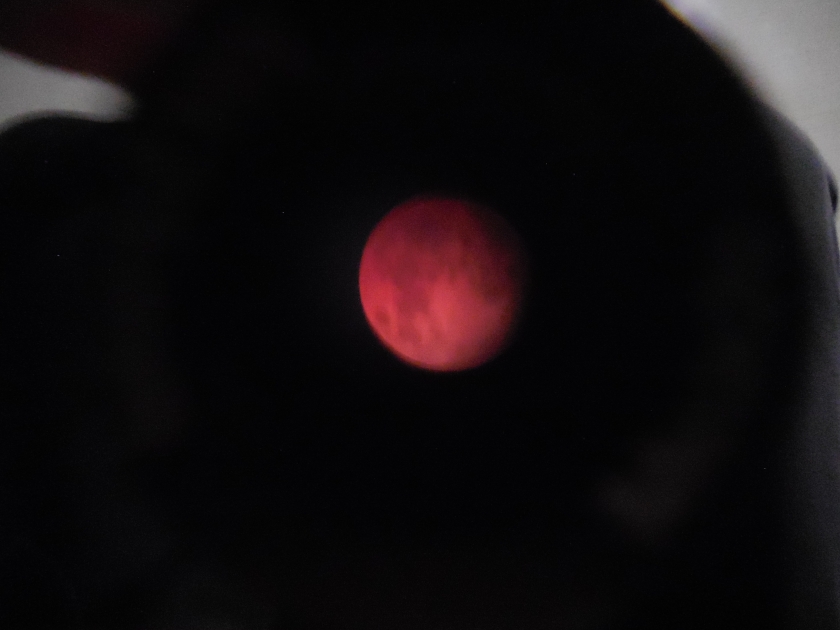
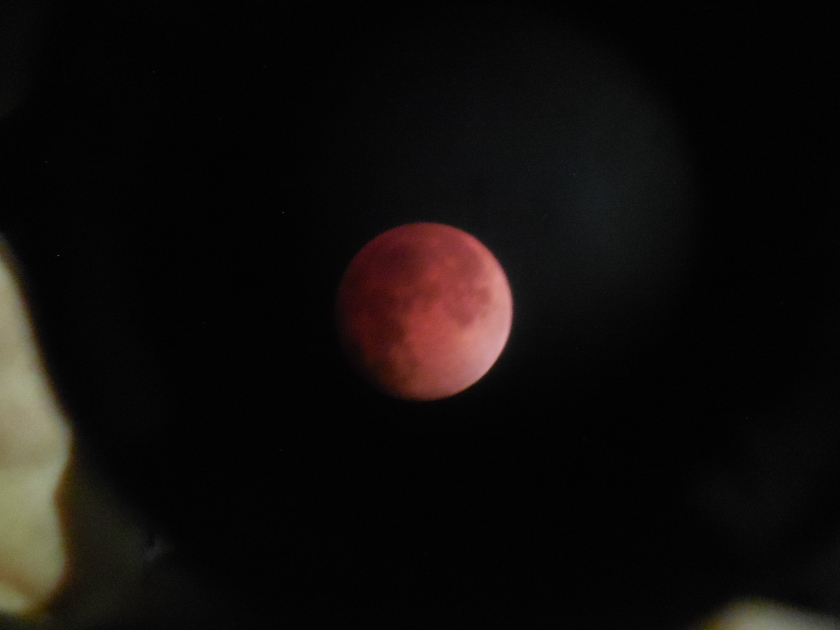
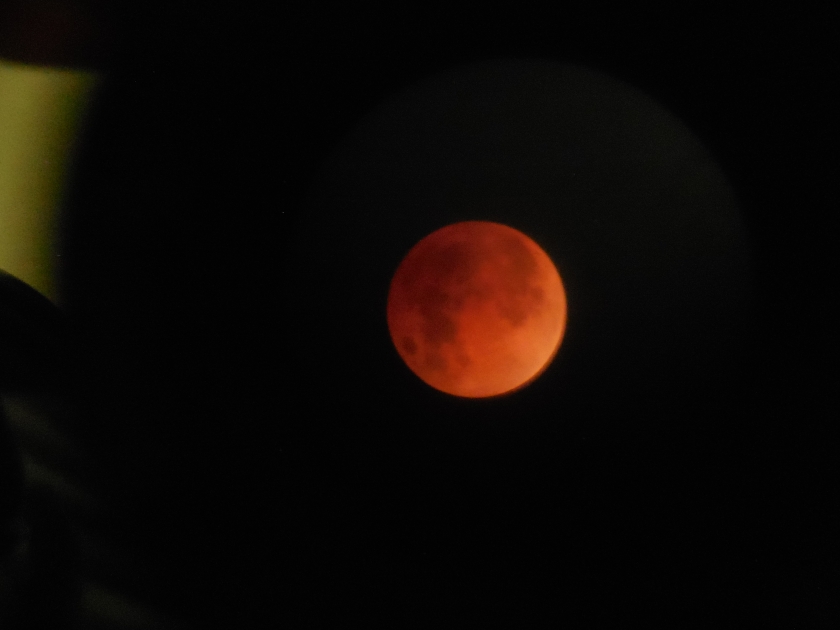
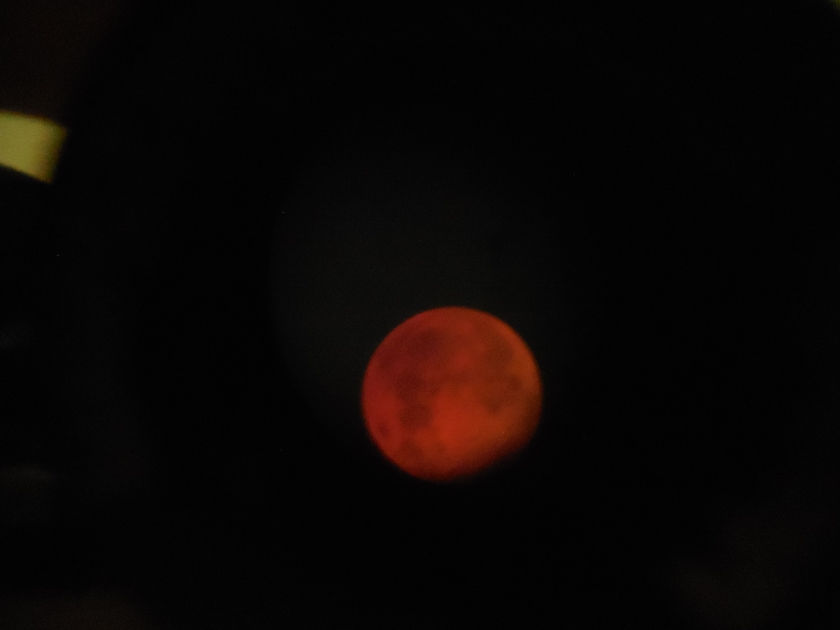
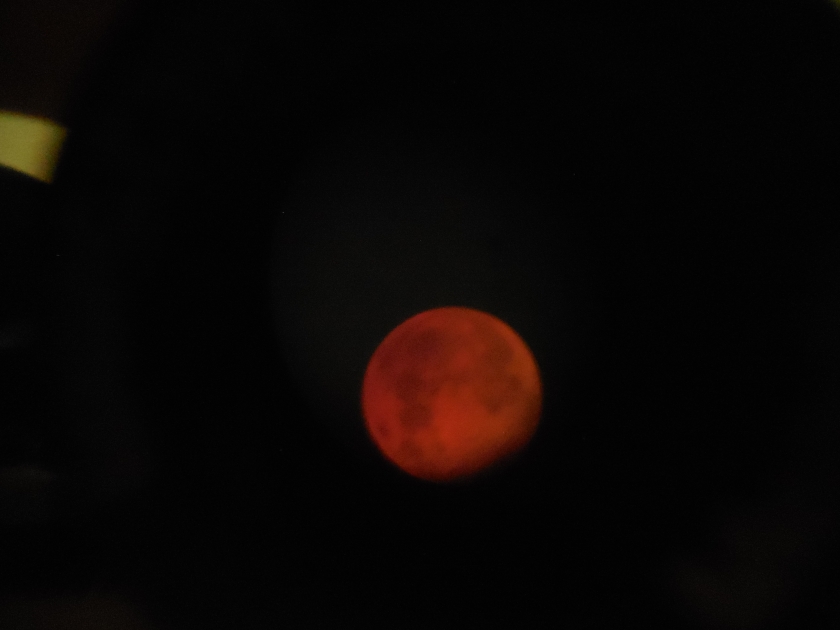
![DSCN0495[1]](https://digitaltidepoolblog.files.wordpress.com/2018/02/dscn04951.jpg?w=840)
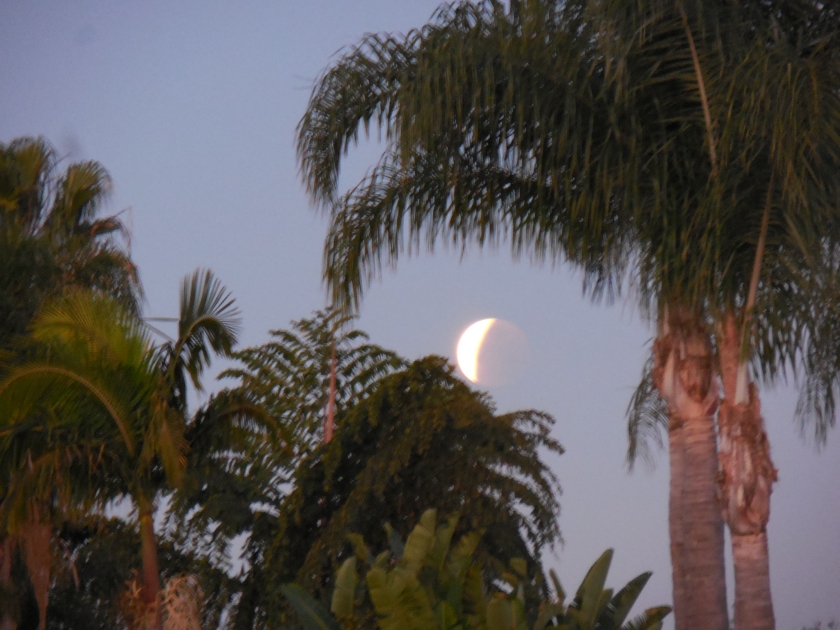

![DSCN0501[1]](https://digitaltidepoolblog.files.wordpress.com/2018/02/dscn05011.jpg?w=840)
![DSCN0502[1]](https://digitaltidepoolblog.files.wordpress.com/2018/02/dscn05021.jpg?w=840)
![DSCN0504[1]](https://digitaltidepoolblog.files.wordpress.com/2018/02/dscn05041.jpg?w=840)
![DSCN0505[1]](https://digitaltidepoolblog.files.wordpress.com/2018/02/dscn05051.jpg?w=840)
![DSCN0508[1]](https://digitaltidepoolblog.files.wordpress.com/2018/02/dscn05081.jpg?w=840)
![DSCN0506[1]](https://digitaltidepoolblog.files.wordpress.com/2018/02/dscn05061.jpg?w=840)

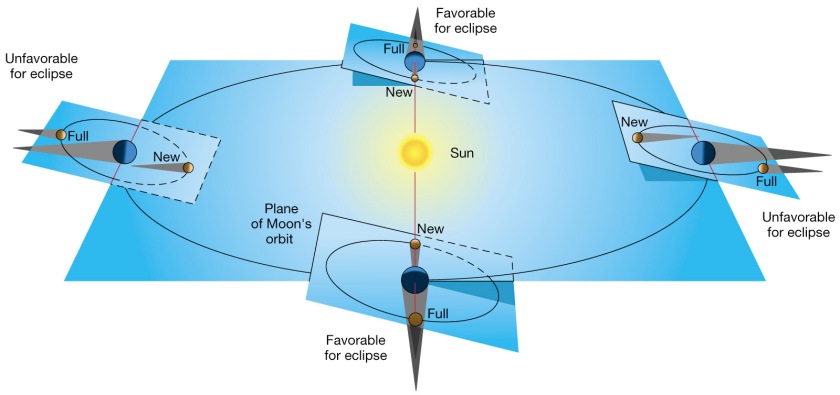 Diagram/Image courtesy of – Astronomy Stack Exchange –
Diagram/Image courtesy of – Astronomy Stack Exchange – 

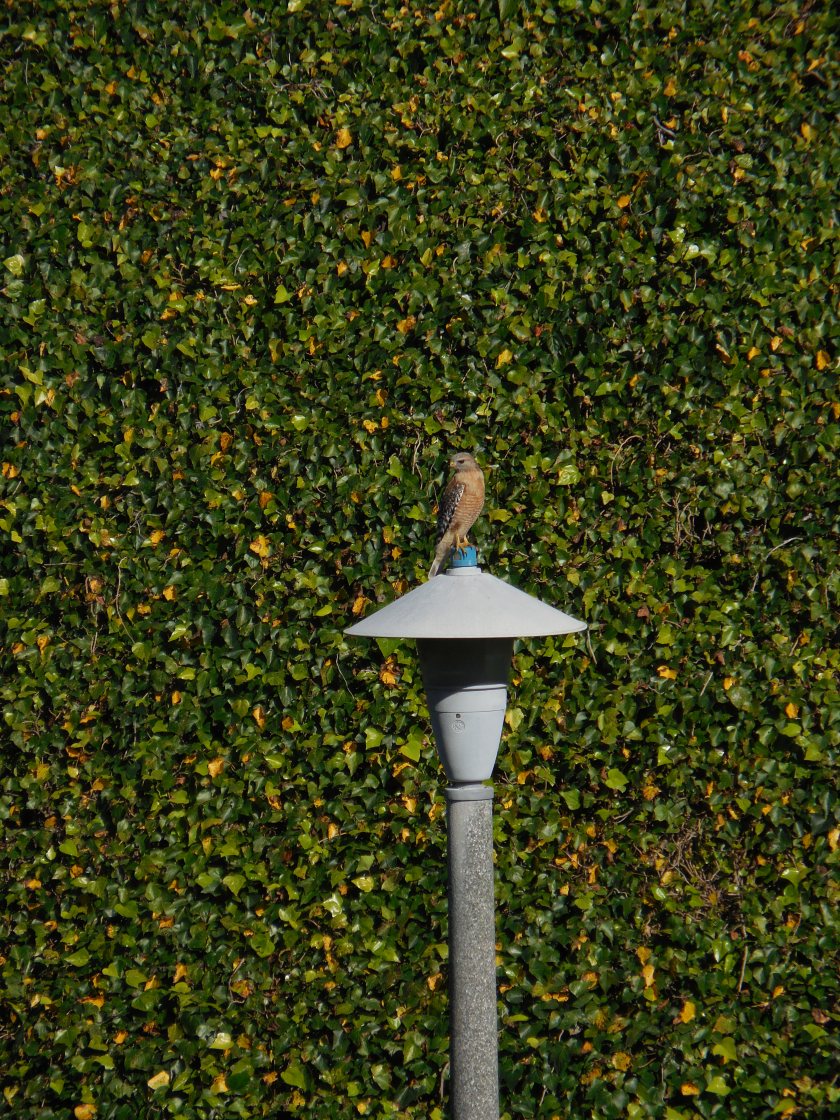
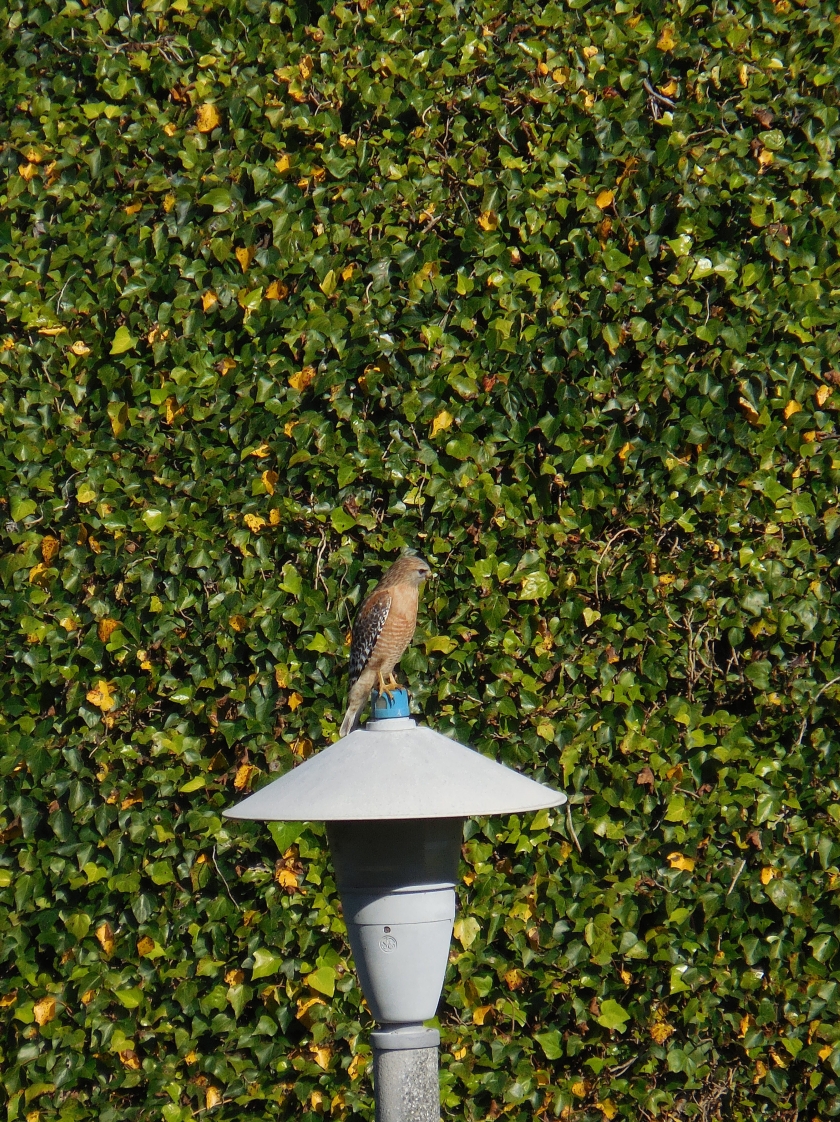
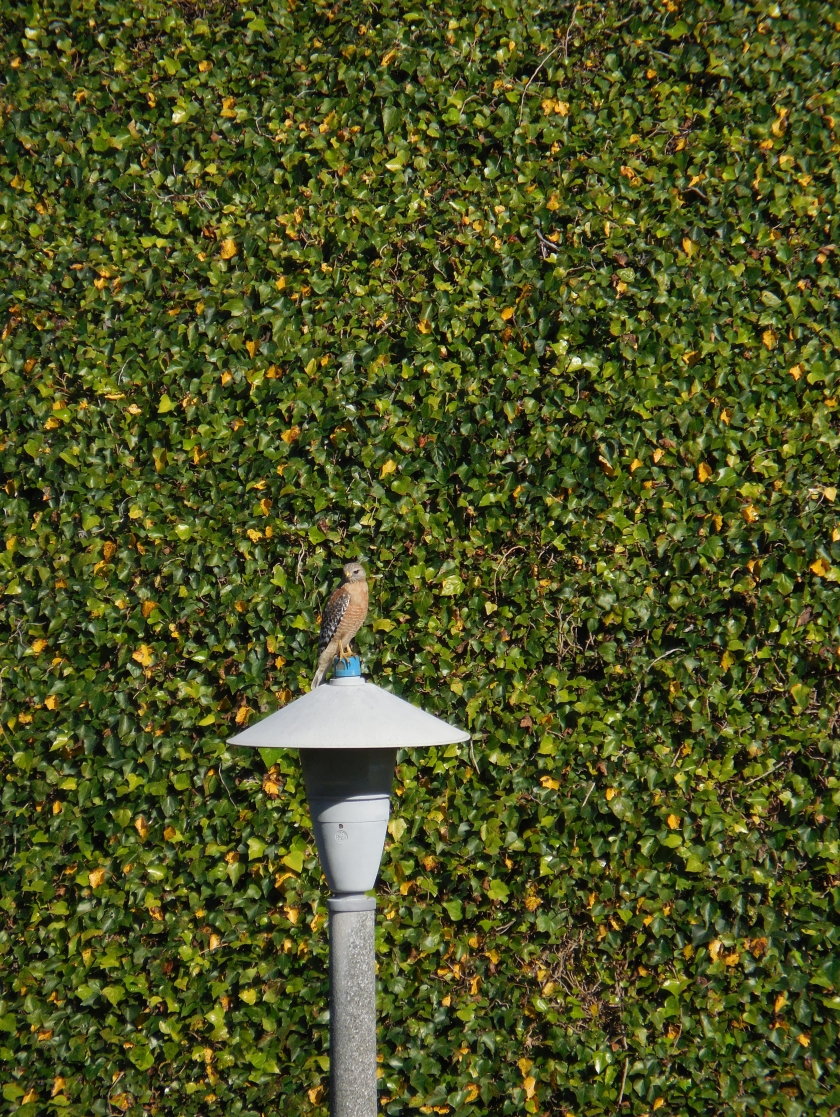

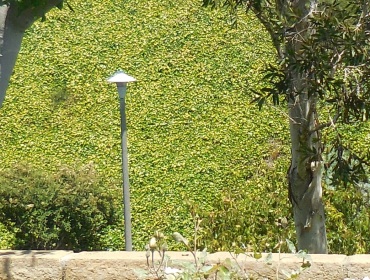
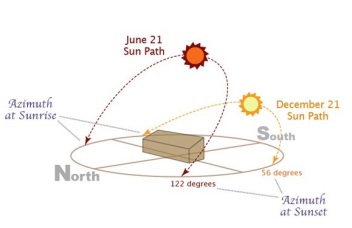






















![DSCN0383[1]](https://digitaltidepoolblog.files.wordpress.com/2017/12/dscn03831.jpg?w=840)
![DSCN0384[1]](https://digitaltidepoolblog.files.wordpress.com/2017/12/dscn03841.jpg?w=840)
![DSCN0396[1]](https://digitaltidepoolblog.files.wordpress.com/2017/12/dscn03961.jpg?w=840)
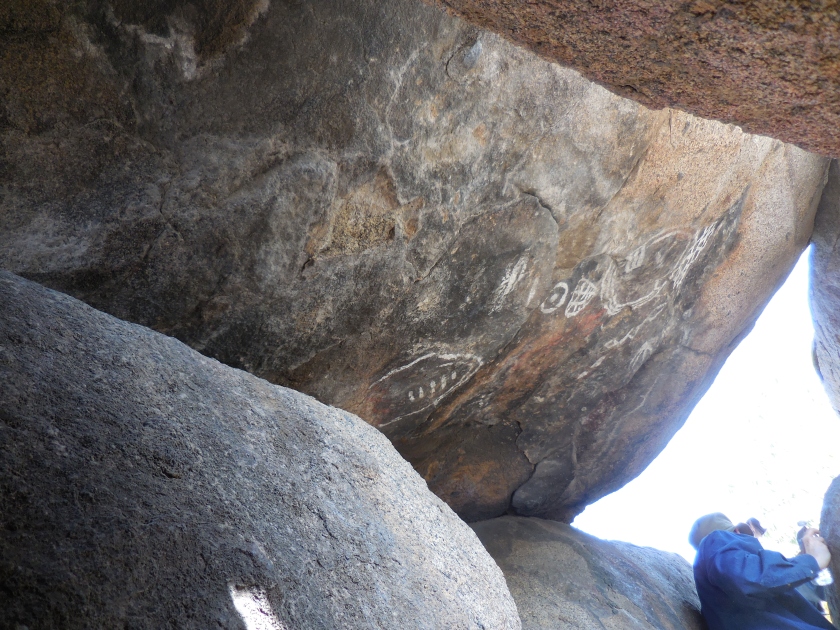

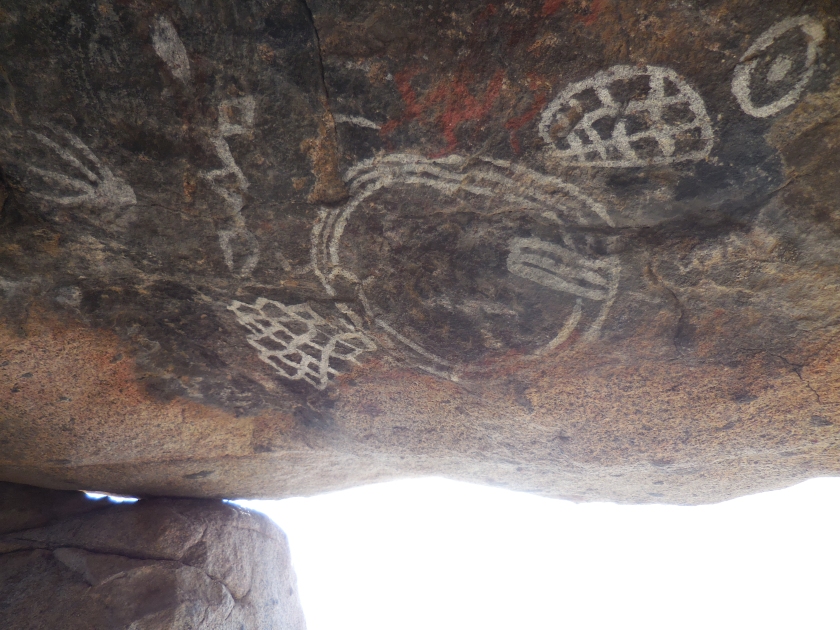
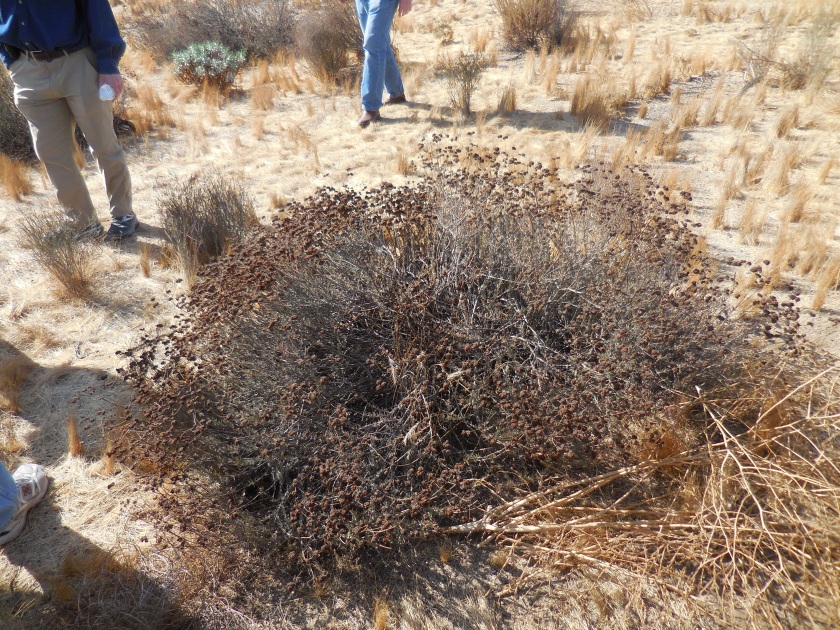
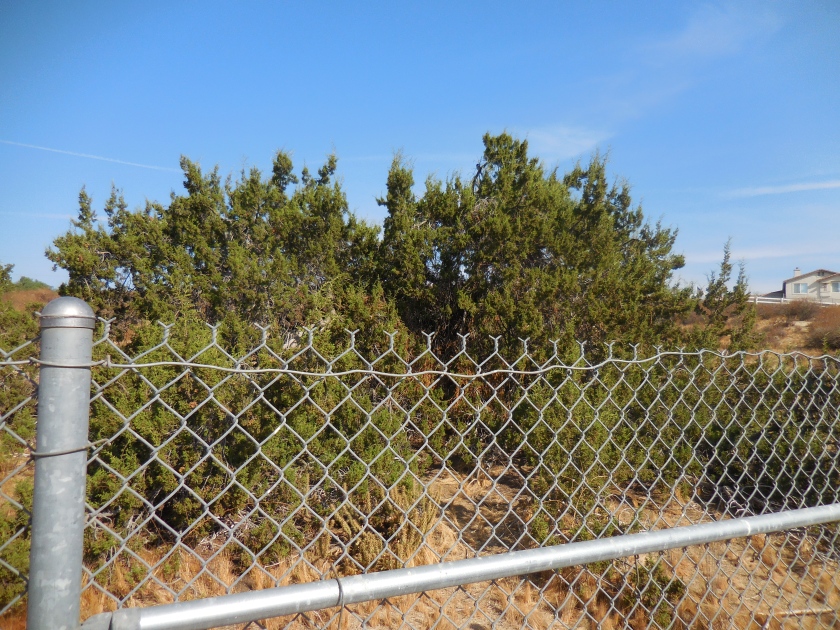

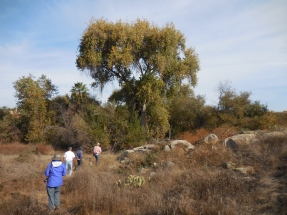
![DSCN0402[1]](https://digitaltidepoolblog.files.wordpress.com/2017/12/dscn04021.jpg?w=160&h=213)
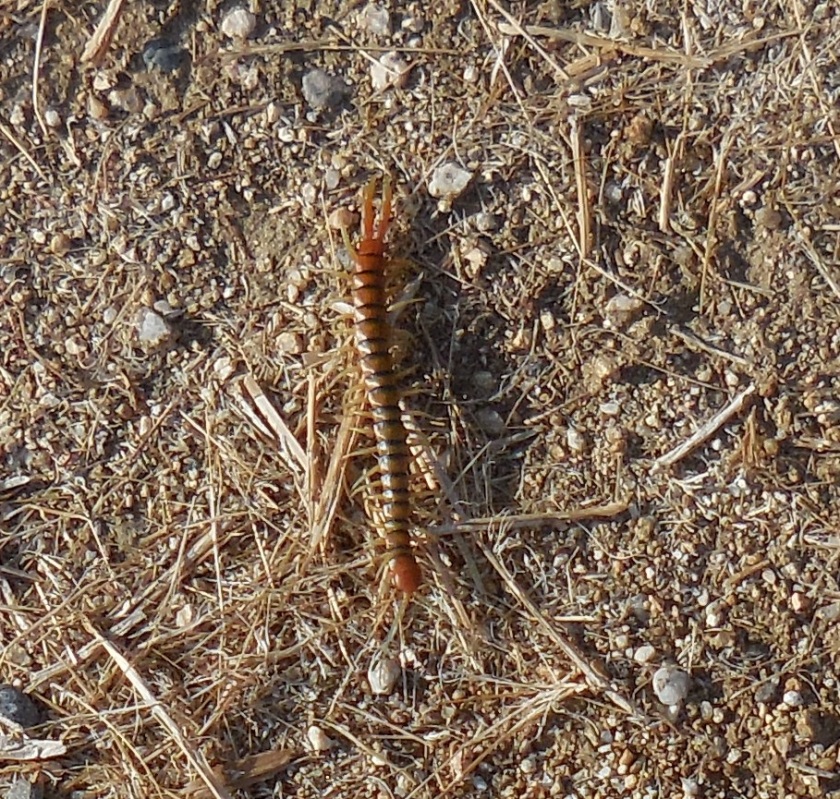
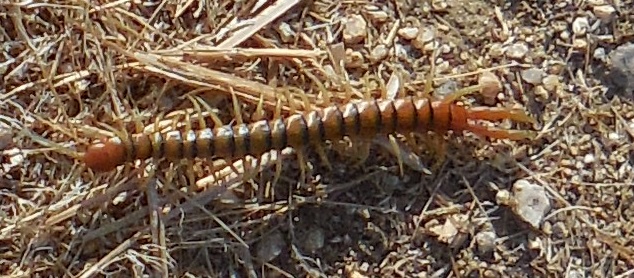

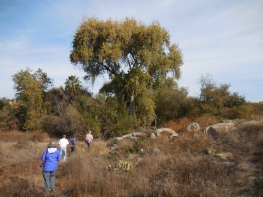


![DSCN0203[1]](https://digitaltidepoolblog.files.wordpress.com/2017/11/dscn02031.jpg?w=840&h=627)
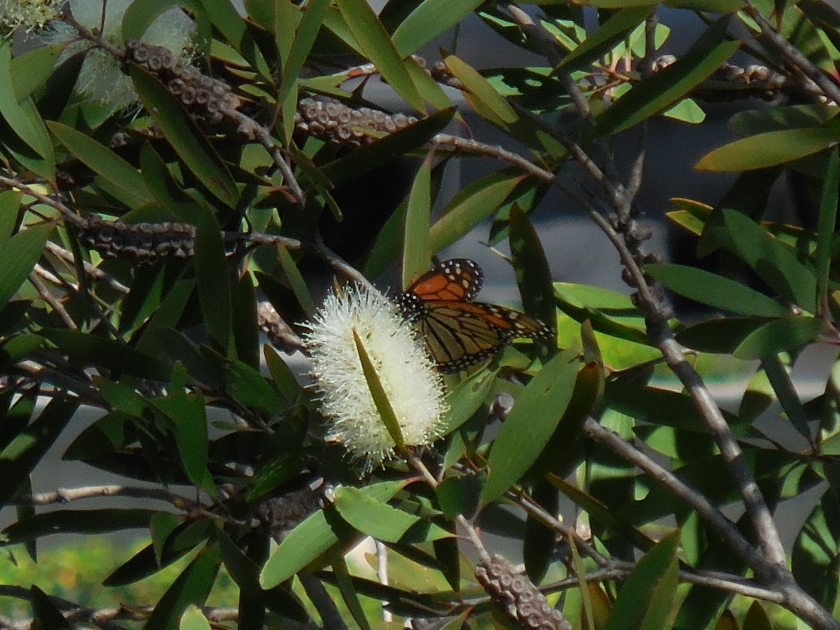
![DSCN0201[1]](https://digitaltidepoolblog.files.wordpress.com/2017/11/dscn02011.jpg?w=840)
